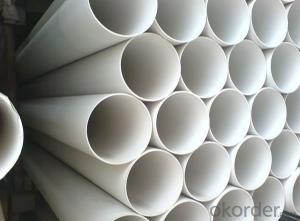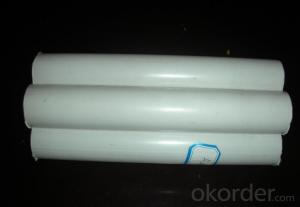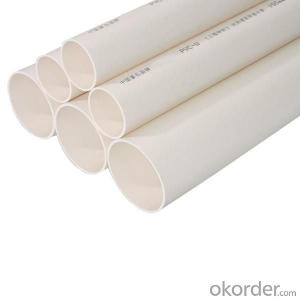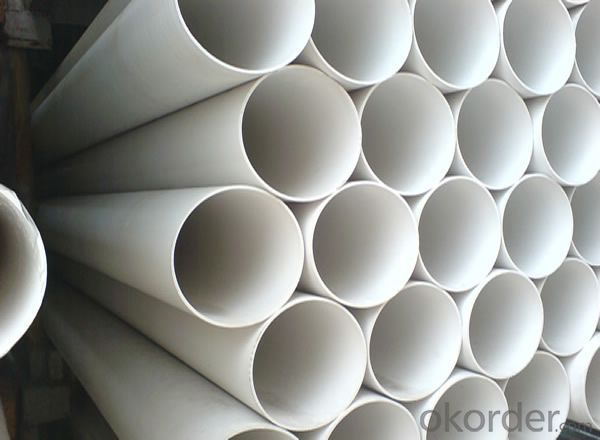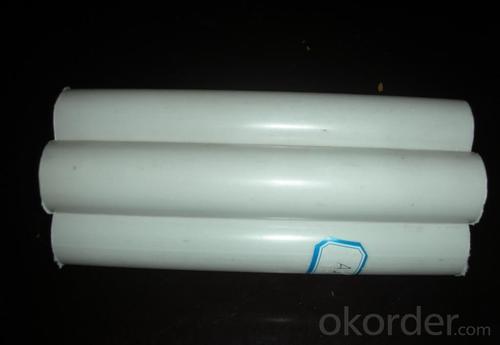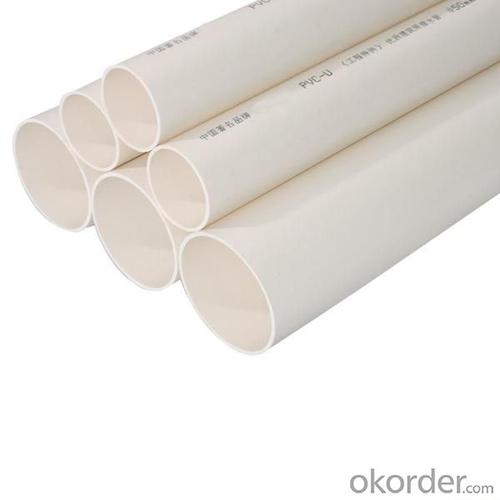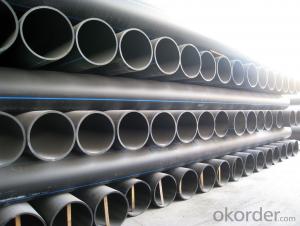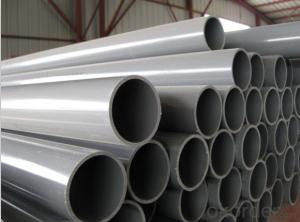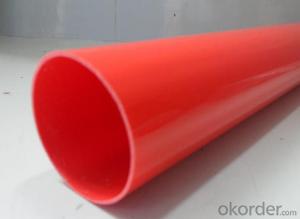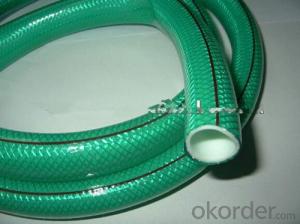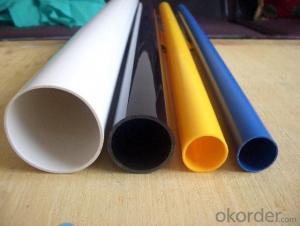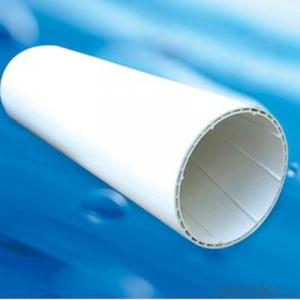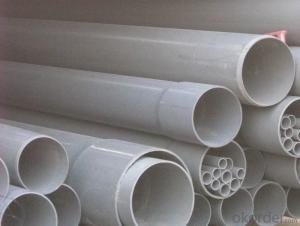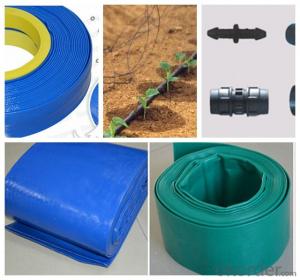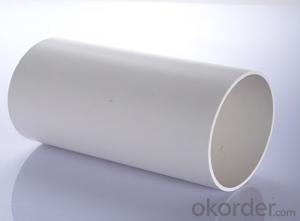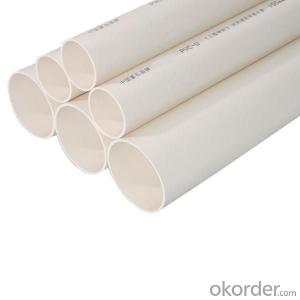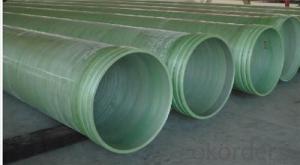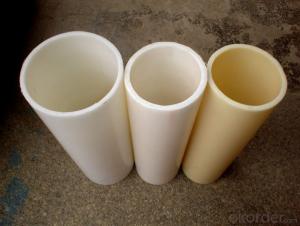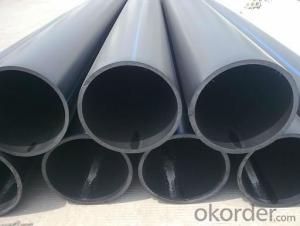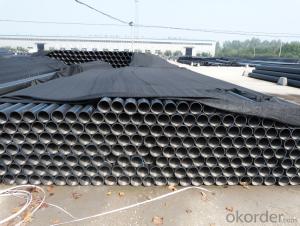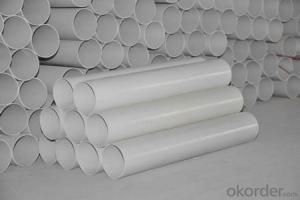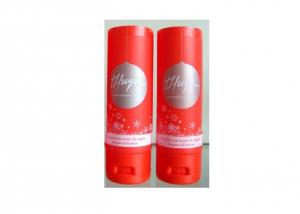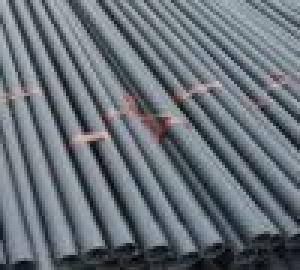High-Quality Plastic Tubes - PVC Tubes Made in China on Sale
- Loading Port:
- Tianjin
- Payment Terms:
- TT OR LC
- Min Order Qty:
- 100 kg
- Supply Capability:
- 1000 kg/month
OKorder Service Pledge
OKorder Financial Service
You Might Also Like
Specifications
pvc pipe for water drainage
1.Specification of pvc pipe:40mm-400mm
2.Thickness of pvc pipe:1.2mm-7.0mm
3.ISO certified.
Properties of pvc pipes:
1. Material: pvc pipe unplasticized polyvinyl chloride
2. Standard: GB, ISO9001, ISO14001
3. Color: white pvc pipe, grey pvc pipe , etc.
4. Specific Gravity, g/cm3, 20(C): 1.35 - 1.55
5. Vicat Softening Temperature, (C) >=79
6. Longitudinal Reversion, %, 150(C) <=5< span="">
7. Dichloromethane Resistance Test: No attack
8. Falling Weight Impact Test, TIR, %, 0(C) <=10< span="">
9. Tensile Yield Strength, Mpa >=40
10. Fitness of Water Tightness Test: No Leakage
11. Fitness of Air Tightness Test: No Leakage
Features of pvc pipes :
1) Light weight, easy to load and unload: PVC pipe is very light, convenient to handle loading unloading, and installing.
2) Good chemicals and drugs resistance: PVC pipe has its excellent resistance to the erosion caused by acids and alkalines, a great help to the chemical industries.
3) Small resistance to fluidity: The smooth surface reduces resistance to the fluids. Its roughness coefficient is only 0.009, much less than other pipes, Under same discharges, smaller cabibre of the pipe can be uesd.
4) Strong mechanical strength: Good resistance to water pressure, outside impact and pressure, is satisfied under any conditions.
5) Good electrical insulation: excellent insulation nature against electricity. the pvc pipe can be served as conduits and pipes in construction cable and wire.
6) Water quality unaffected: The solution tests on the PVC pipe show no affect on water quality when the water flows through is. It is considered the best piping material for running water works.
7) Simple installation: Very easy to connect, thus much time and laborcost may be saved.
Application of pvc pipes:
1) Structure Engineering, home water supply and drainage |
Specifications of the pvc pipe:
Outer Diameter (mm) | Wall thickness(mm) | |||||||
2.5MPA | 2.0MPA | 1.6MPA | 1.25MPA | 1.0MPA | 0.8MPA | 0.63MPA | ||
φ20 | 20*2.3 | 20*2.0 | ||||||
φ25 | 25*2.8 | 25*2.3 | 25*2.0 | |||||
Φ32 | 32*3.6 | 32*2.9 | 32*2.4 | 32*2.0 | ||||
Φ40 | 40*4.5 | 40*3.7 | 40*3.0 | 40*2.4 | 40*2.0 | |||
Φ50 | 50*5.6 | 50*4.6 | 50*3.7 | 50*3.0 | 50*2.4 | 50*2.0 | ||
Φ63 | 63*7.1 | 63*5.8 | 63*4.7 | 63*3.8 | 63*3.0 | 63*2.5 | 63*2.0 | |
Φ75 | 75*8.4 | 75*6.9 | 75*5.6 | 75*4.5 | 75*3.6 | 75*2.9 | 75*2.3 | |
Φ90 | 90*10.1 | 90*8.2 | 90*6.7 | 90*5.4 | 90*4.3 | 90*3.5 | 90*2.8 | |
Φ110 | 110*10.0 | 110*8.1 | 110*6.6 | 110*5.3 | 110*4.2 | 110*3.4 | 110*2.7 | |
Φ125 | 125*11.4 | 125*9.2 | 125*7.4 | 125*6.0 | 125*4.8 | 125*3.9 | 125*3.1 | |
Φ140 | 140*12.7 | 140*10.3 | 140*8.3 | 140*6.7 | 140*5.4 | 140*4.3 | 140*3.5 | |
Φ160 | 160*14.6 | 160*11.8 | 160*9.5 | 160*7.7 | 160*6.2 | 160*4.9 | 160*4.0 | |
Φ180 | 180*16.4 | 180*13.3 | 180*10.7 | 180*8.6 | 180*6.9 | 180*5.5 | 180*4.4 | |
Φ200 | 200*18.2 | 200*14.7 | 200*11.9 | 200*9.6 | 200*7.7 | 200*6.2 | 200*4.9 | |
Φ250 | 250*11.9 | 250*9.6 | 250*7.7 | 250*6.2 | ||||
Φ315 | 315*15.0 | 315*12.1 | 315*9.7 | 315*7.7 | ||||
Φ400 | 400*19.6 | 400*15.3 | 400*12.3 | 400*9.8 | ||||
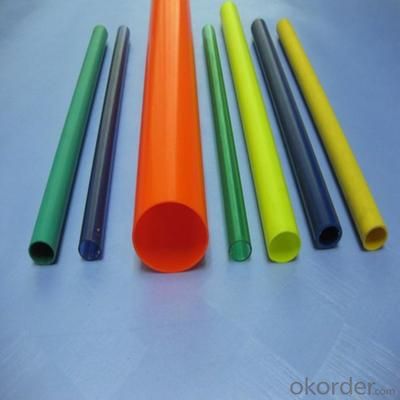
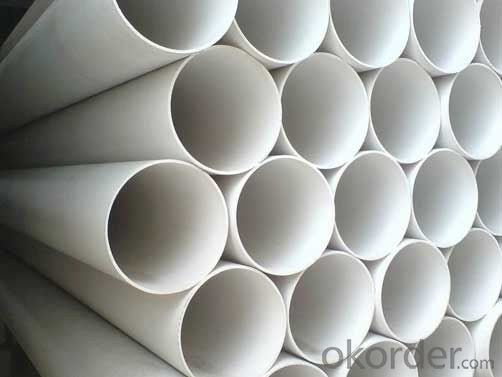
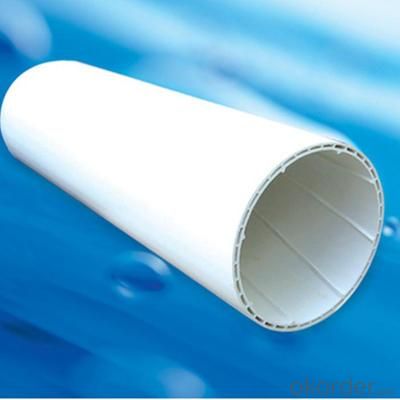
- Q: How do you store plastic tubes?
- Plastic tubes can be stored by organizing them in a designated container or drawer to keep them neatly arranged. It is also helpful to label or categorize them based on size, type, or purpose for easier access and identification.
- Q: what is dialysis tubing? how can it be used to demonstrate osmosis?
- Dialysis tubing is actually a semi-permeable membrane when used in water. Experiments illustrating osmosis and pressure gradients across a membrane use dialysis tubing. This tubing usually comes in rolls and when wet, will open up into a cylindrical tube that can be tied off at the ends. The tubing can also be fitted over a thistle tube for such experiments. Dialysis tubing is literally a semi-permeable sheet of plastic. [Like a cell membrane, it can allow certain things in, but not everything.] In a dialysis tubing experiment, one fills the inside of the sheet with a concentrated liquid of some sort and then seals off the open ends of the tube. Then, one places the tube and liquid into another type of liquid and after awhile, the liquid from the outside moves inside the tube. What I did for my first dialysis tubing experiment was filling the inside of the tube with a concentrated starch solution and placed the tubing into a beaker of Lugol's solution diluted with distilled water. After a 1/2 hr, some of the Lugol's and distilled water will have entered the dialysis tubing. One can see that osmosis has happened because the Lugol's in the tube would have turned blue when in contact with the starch. Osmosis caused the diluted/unconcentrated solution of Lugol's and dH2O to go through the semi permeable membrane and into the concentrated solution of starch. Like a cell's membrane, if the outside of the cell is more concentrated, the cell would lose water because the the water will leave the cell and go for the concentrated outside environment. If the inside of the cell was more concentrated than the outside, the outside water will go into the cell through the semipermeable membrane.
- Q: This may be a little hard to describe but, hopefully someone can figure what im talking about.This toy is and open plastic tube with ridged edges. At one end of the tube it has a round half sphere for a handle. the toy is limp when held straight ahead. the toy is meant for swinging to the side or over ones head. the faster it twirls the higher the pitch. this has been bugging me for a while because i can not remember the name of the toy. if anyone can tell me the name of this it would really help.
- kinda looks like a small hose for the pool , maybe 2 tube and 3'-4' long
- Q: Are plastic tubes resistant to moisture absorption?
- Yes, plastic tubes are generally resistant to moisture absorption.
- Q: Can plastic tubes be used for medical applications?
- Yes, plastic tubes can be used for medical applications. They are commonly used for various purposes such as delivering fluids, medications, or gases, as well as for drainage, suction, or even surgical procedures. Plastic tubes offer flexibility, durability, and can be easily sterilized, making them suitable for a wide range of medical uses.
- Q: Are plastic tubes suitable for marine applications?
- Yes, plastic tubes are suitable for marine applications. They are often used in marine industries for various purposes such as plumbing, water circulation, and electrical conduit. Plastic tubes are resistant to corrosion, lightweight, and durable, making them ideal for withstanding the harsh marine environment. Additionally, plastic tubes can be made from materials such as PVC or polyethylene, which are not only cost-effective but also environmentally friendly.
- Q: Do plastic tubes have any limitations in terms of temperature resistance?
- Yes, plastic tubes do have limitations in terms of temperature resistance. While some types of plastic tubes can withstand high temperatures, such as those made from materials like polyimide or PTFE, most plastics have a limited range of temperature resistance. Exposing plastic tubes to temperatures beyond their specified limits can cause them to deform, melt, or become brittle, compromising their structural integrity and functionality. It is important to consider the intended application and select a plastic tube material that can withstand the expected temperature conditions.
- Q: What is the average cost of plastic tubes?
- The average cost of plastic tubes can vary depending on factors such as size, material, and quantity. However, a rough estimate would be anywhere from a few cents to a few dollars per tube.
- Q: Can plastic tubes be used for storing adhesives or sealants?
- Yes, plastic tubes can be used for storing adhesives or sealants. Plastic tubes provide a convenient and practical solution for containing and dispensing these substances, offering good protection against moisture and ensuring ease of use.
- Q: I bought some clear plastic tubing from home depot and I want to make a fluid transport. Can I drink from it. On the tube it says don't use for ice machines
- It would probably be fine. You could ask the store or the manufacturer. You can also ask them what type of plastic it is and if it contains BPA. It seems like it was made for water to go in so hopefully it would not degrade over time like how cheap plastic thin water bottles you buy from the store often do, that's why it's recommended not to re-use those non-reusable water bottles to many times or else you will see it degrade and see plastic partials and will be consuming plastic and that's bad for your health. If you try to scratch the surface, if it does not scratch easily, then it's a better quality, compared to others that would degrade fast. As long as it will not degrade, it should be ok. Also if it doesn't smell like anything, it should be ok. If it smells strongly like chemicals than that's probably bad, and you don't want to be consuming those chemicals are leaching out. If at any point the plastic starts to degrades so that plastic partials are falling off, you should at least use a filter, because you don't want to consume plastic particles. You can also start out with putting a small high quality water purifier at the drinking end, just to make sure.
Send your message to us
High-Quality Plastic Tubes - PVC Tubes Made in China on Sale
- Loading Port:
- Tianjin
- Payment Terms:
- TT OR LC
- Min Order Qty:
- 100 kg
- Supply Capability:
- 1000 kg/month
OKorder Service Pledge
OKorder Financial Service
Similar products
Hot products
Hot Searches
Related keywords
